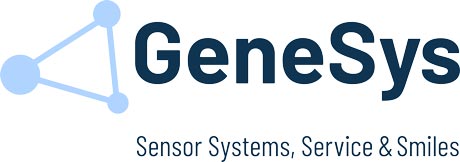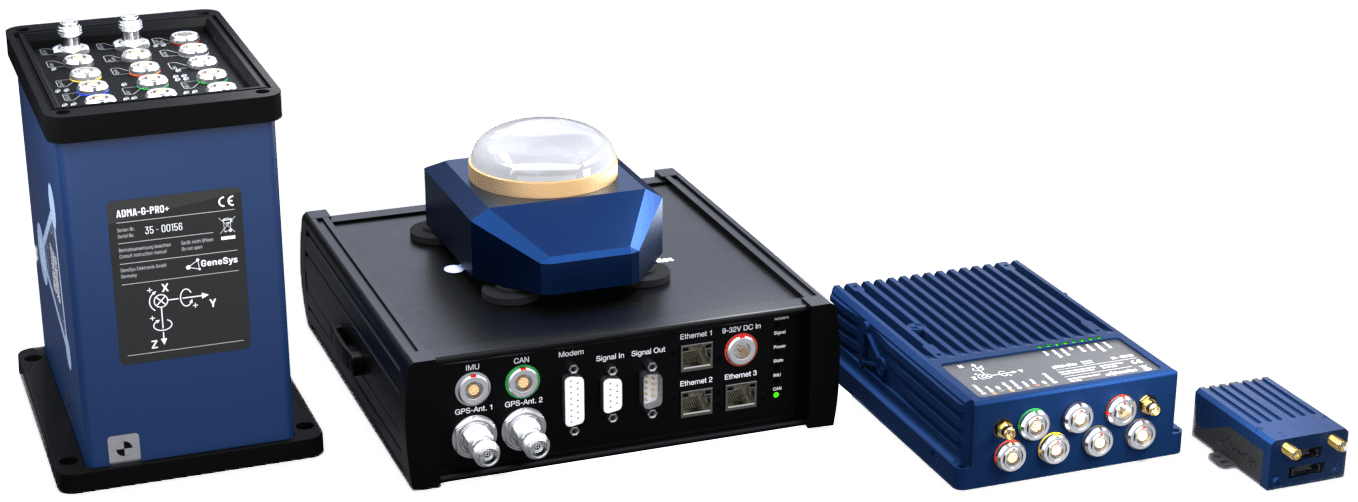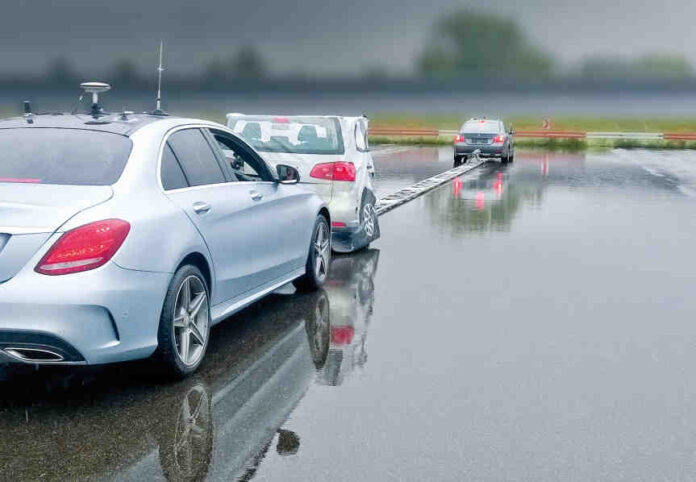The GPS-aided gyro system ADMA of GeneSys in Germany is developed and produced specially for measurements of vehicle dynamics and driver assistance parameters in the automotive sector. The new generation of ADMA is equipped with many new features: an output rate of 1000 Hz, a data latency less than 1 millisecond and various CAN-Bus and Ethernet interfaces.
The new DELTA function enables centimetre-accurate measurements between several vehicles in real-time. General settings now are now configured quickly and easily via a web browser. ADMA meets all the demands of industry test standards.
The Automotive Dynamic Motion Analyzer, ADMA in short, permits a high-precision dynamic measurement of all states of motion such as acceleration, velocity, position, rotational speed, position angle, and slip angle of the vehicle.
With ADMA3.0 a bunch of new functions is available now. The firmware options GeneSys has created are activated via the uploading of a license code to the ADMA. This license upload can be initiated at any time, providing the highest degree of flexibility.
DELTA function
A new option is the DELTA function which even enables centimeter-accurate measurement of distances, relative speed, or relative angles between several vehicles in real-time just by interfacing two ADMAs via WiFi, no additional hardware is required. The calculation is carried out in the ADMA. Now the set-up for testing all kinds of range-based sensors (e.g. RADAR or LIDAR) and ADAS systems (e.g. ACC, FCW, and AEB) becomes more simple and reliable. DELTA function is available for all ADMA models, also for speed and braking distance sensor ADMASpeed.

Additional functions
One of the new functions is that ADMA allows an output rate of 1000 Hz with unlimited data records and a data latency of less than 1 millisecond! Besides CAN-bus interfaces, the device includes Ethernet interfaces for data output, configuration/updating, and driving robots. In practice, such high data rates in real-time prove particularly valuable in developing driver assistance systems. For example, at 1000 Hz the longitudinal position of a vehicle moving at 100 km/h can spatially be resolved to less than 3 cm.
In addition to CAN bus interfaces, the device now also includes Ethernet interfaces for data output/update and steering robots. An interface for connecting an “indoor GPS system” has already been prepared. For this reason, it is possible to carry out centimeter-accurate driving tests inside a hall under reproducible environmental conditions.

Easy to use
The general settings are configured quickly and easily via a web browser. The new Web interface is loaded with new functions – and in consequence, replaces the previous ADMA System Software.
Besides vehicle dynamics testing, the ADMA is the first choice for evaluating driver assistance systems, e.g. ACC, FCW, AEB, and LDW, and as a reference systems for Autonomous Driving.
The GPS-aided GPS/inertial system ADMA meets all the demands of industry test standards.
Visit us at the exhibitions mentioned below, or simply phone us for more information.
GeneSys Elektronik GmbH
- Automotive Testing Expo Europe 2017, Stuttgart, Stand 1554
- PraxisKonferenz AEB, Ingolstadt




